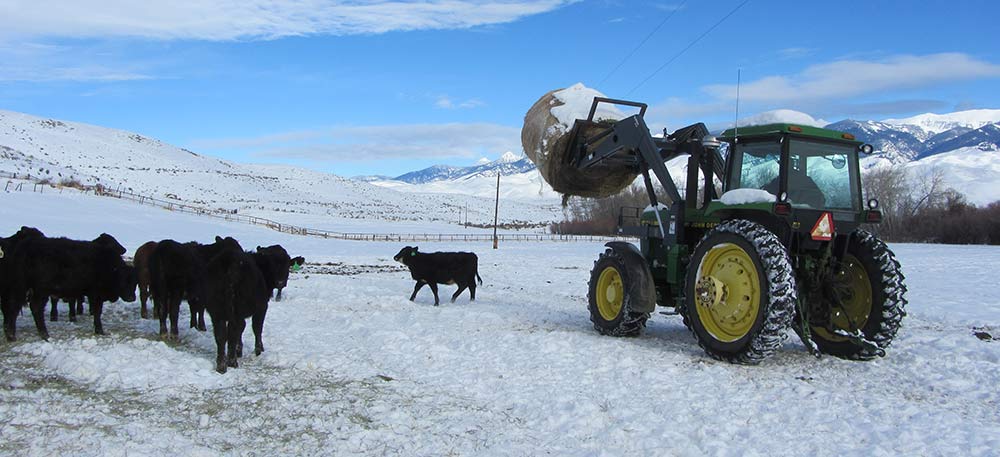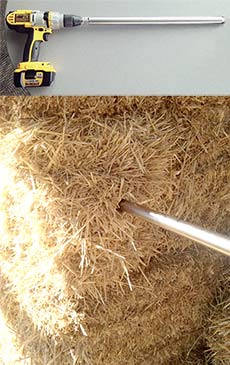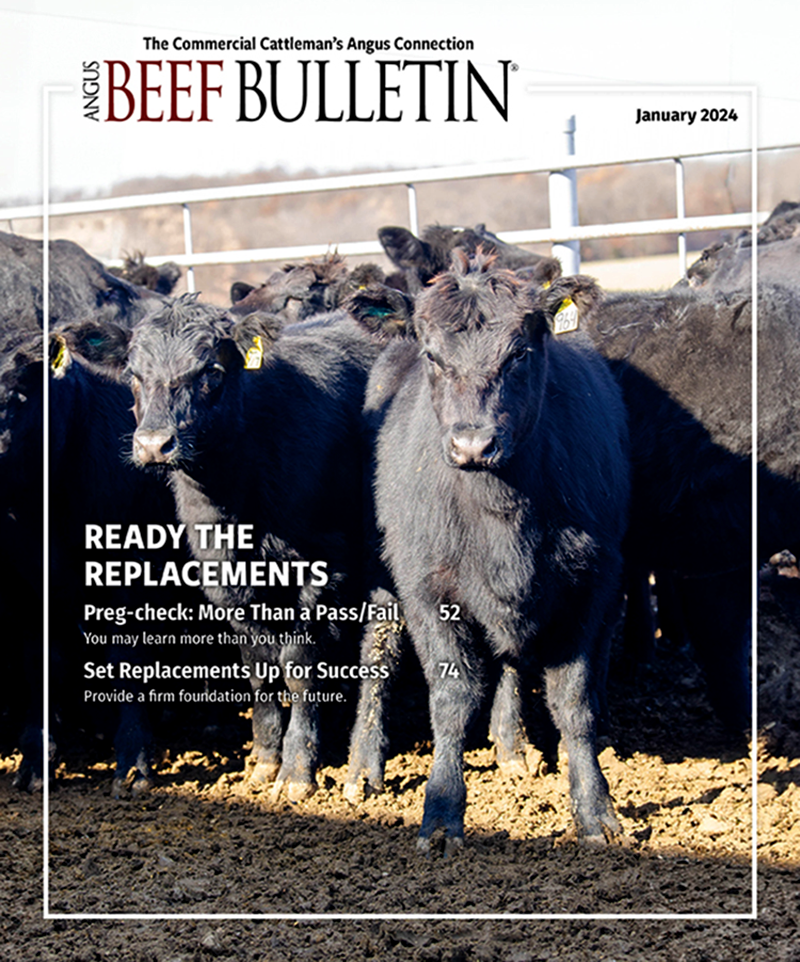
Match Forages to the Need
Testing forages, whether grazed or harvested, is the first step to assessing winter cow herd nutrition.
“We are fortunate in the southern part of the U.S. that we can grow a lot of different forages almost year-round,” admitted Maggie Justice, assistant professor and beef Extension specialist for the University of Arkansas. Still, she said, “it’s important to match the forage to our animals’ needs and determine what we are deficient in, and use that [information] to make our plan for supplementation.”
Justice shared tips for winter cow herd nutrition during a webinar hosted by the National Cattlemen’s Beef Association (NCBA) and sponsored by the National Corn Growers Association.
Start by assessing the body condition of the animals, she suggested. “Do we need to put more weight on them, or just try to maintain good body condition before calving or rebreeding?”
Next, determine the quality of your forage, she continued. “[Forage quality] is the basis of everything we do. The forage may or may not be enough. Select your supplements depending on the quality of your forage.”
Don’t forget to consider what will happen as the weather changes, cautioned Justice, who also serves as the Arkansas Beef Quality Assurance (BQA) state coordinator. “Last winter, here in the Southeast in December, one day we had 75° weather, and a couple days later had the coldest temperatures we’d seen in a long time, and everything was freezing. The needs for the animals can change, and we have to help them during those changes.”
Requirements for dry cows can usually be met with the forage on hand, but we must ensure we are meeting needs for total digestible nutrients (TDN), energy and crude protein (CP), she explained. When a fall-calving cow transitions from being dry to lactating, she changes from needing about 20 pounds (lb.) of dry matter per day to needing 25 lb. a day.
That’s a big jump, said Justice, and if we aren’t recognizing these changes, we could have a problem.

Hay samples can be taken using a hay probe. Then send contents to a lab for testing. [Photo courtesy of Emily Glunk.] |
Winter feeding decisions are based on the cow’s weight. You don’t need to know the exact weight, but knowing the average of what they weigh helps make feeding decisions. Needs will be different for a 1,000-lb. cow vs. a 1,400-lb. cow. The two cows will have a 5-lb. difference in requirements for daily dry-matter intake.
Stockpiled forages like Bermuda and Bahia grass or tall fescue have finished their growing season by December. If this were a fall in which you planted cool-season annuals for later grazing, such as annual ryegrass, some of these forages would meet the nutritional requirements of the cow herd. They might need just a little supplementation, or maybe none at all, she said.
“The big thing here in the Southeast is that we have had a dry fall — especially in September and October, when producers were doing their last hay cutting or trying to plant cool-season annuals,” Justice noted. “We have to address this and how this will impact our winter forage. Conserved forages that we typically depend on are hay, baleage, some silage.”
The most important thing to do with forage, whether it’s grazing or conserved harvested forages, like hay, is test it, she advised. A forage test helps determine nutrient levels and eliminate guesswork. Feed is expensive. If we test our forages, we might find that we don’t need to provide much more feed, and it saves us money.
“Often, however, our hay does not quite have the nutrient levels we think it does,” she cautioned. “Making sure we are matching the forage to our animals’ needs is important. Here in Arkansas, a forage test costs $18, and it could save a lot of money and help us build our nutrition plan.”
County agents can advise on how to take samples with a hay probe or get samples from the pasture and send them to university labs. There are also commercial labs that will do tests for about the same price. Your county agent can help you read the test when it comes back, or you can reach out to your state Extension specialist to help you understand it.
Editor’s note: Heather Smith Thomas is a freelance writer and a cattlewoman from Salmon, Idaho.



